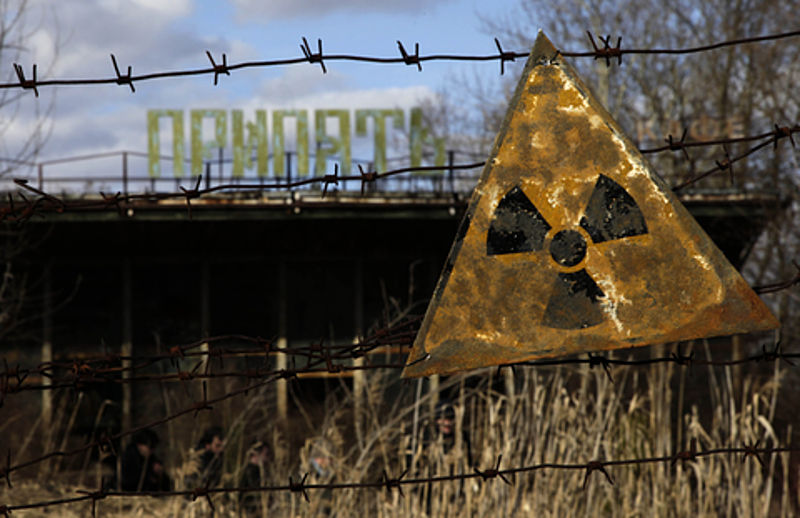 Over the course of history the worst nuclear disaster ever
to happen was at Chernobyl. The event took place on April 26th 1986 at the Chernobyl Nuclear Power Plant
in Ukraine. The main cause for the nuclear meltdown was that the reactor was
being operated with many of the key safety systems turned off, most notably the
Emergency Core Cooling System. The catastrophe was classified as a level 7
event which is the highest level there is. The only other disaster to reach
this level was the Fukushima nuclear disaster in 20ll. The accident involved
over 500,000 workers and costed an estimated 18 billion rubles. 41 people died
due to the Chernobyl disaster and many more suffered from cancer due to
exposure to radiation. The nuclear fallout spread throughout the surrounding
countryside making it dangerous for humans. Scientists believed at the time
that the Chernobyl exclusion zone had been subjugated to enough radioactive
fallout to severely the ecological balance of the area for decades. However
wildlife began to return no more than 20 years after the disaster. Now
Chernobyl has become an experiment almost of what would happen if humans were
to vanish and nature were to take over.
Over the course of history the worst nuclear disaster ever
to happen was at Chernobyl. The event took place on April 26th 1986 at the Chernobyl Nuclear Power Plant
in Ukraine. The main cause for the nuclear meltdown was that the reactor was
being operated with many of the key safety systems turned off, most notably the
Emergency Core Cooling System. The catastrophe was classified as a level 7
event which is the highest level there is. The only other disaster to reach
this level was the Fukushima nuclear disaster in 20ll. The accident involved
over 500,000 workers and costed an estimated 18 billion rubles. 41 people died
due to the Chernobyl disaster and many more suffered from cancer due to
exposure to radiation. The nuclear fallout spread throughout the surrounding
countryside making it dangerous for humans. Scientists believed at the time
that the Chernobyl exclusion zone had been subjugated to enough radioactive
fallout to severely the ecological balance of the area for decades. However
wildlife began to return no more than 20 years after the disaster. Now
Chernobyl has become an experiment almost of what would happen if humans were
to vanish and nature were to take over.
A
study of the now human free region led by Professor Jim Smith of Portsmouth
examines how the wildlife has changed in the Chernobyl area in numbers that
appear much higher than they were before the nuclear accident. Aided by some of
his colleagues from the Polesky State Radioecological Reserve, they have
examined the terrain through aerial surveys. They have spotted many larger
mammals including deer, elk, wild boar, and wolves. Along with these aerial
surveys, automatic cameras have been placed in 84 positions allowing teams of
scientists to observe different types of animals in a 30km zone.
Because
of these surveys and cameras we can see the explosion of wildlife in the
Chernobyl zone. Professor Smith emphasized that “This does not mean that
radiation is good for wildlife. It’s just that the effects of human habitation,
including hunting, fishing, and forestry, are a lot worse.” For example the
number of wolves was up to seven times higher than nearby nature reserves of
comparable size. This is attributed to the lack of hunting in the Chernobyl
zone. Some endangered species such as the Przeswalski’s horses were purposely
released into the Chernobyl zone as part of a conservation program. From the
images from the cameras the horses seem to have adapted well to life within the
Chernobyl zone. They seem to be thriving and and moving in larger groups
For more information check out this video - http://www.cbsnews.com/news/chernobyl-the-catastrophe-that-never-ended/
Resources -
http://www.bbc.com/news/science-environment-34414914
http://www.bbc.com/news/science-environment-32452085
https://en.wikipedia.org/wiki/Chernobyl_disaster#Residual_radioactivity_in_the_environment
http://www.eoearth.org/view/article/152617/
